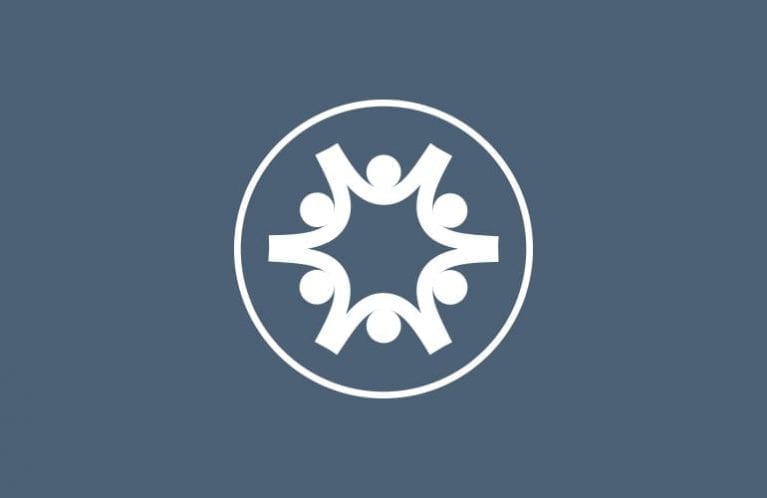Community Health Promotion and Prevention

In the context of its teaching, research and service provision activities, the Community Health Promotion and Prevention (CHPP) Teaching and Research Laboratory (LAB) insofar as possible favours a salutogenic approach that takes account of the individual and environmental determinants of health.
Approaches
Salutogenesis aims to identify people’s resources, both internal and external (proximal and distal), that are conducive to the production, maintenance and enhancement of health and that thus contribute to improve wellness and quality of life (Lindtström & Eriksson, 2010). In this regard, the CHPP LAB operates according to the principles of health promotion advocated by the WHO and defined in the Ottawa Charter (1986).
Nevertheless, working to promote the health of both individuals and the population also means intervening preventatively in order to identify and target individual and environmental risk factors.
In this case, the CHPP LAB opts for a pathogenic approach in its teaching, research and service provision activities. The focus here, instead, is on what produces diseases, accidents or death, and interventions are predicated on the principles of primary prevention.
Health promotion and primary prevention are complementary and often overlap.
Efforts to improve the health, wellness and quality of life of the population are best served by the synthesis and synergy of these approaches. The care models that we apply are marked by this synthesis and synergy.
Practice settings concerned
The practice settings concerned by the CHPP LAB’s teaching, research and service provision activities are essentially the following:
- homes;
- businesses;
- education and training establishments (e.g., schools, vocational learning centres, institutes of higher learning);
- health and social service institutions; and
- different public spaces (e.g., low-threshold service centres, festivals).
What needs to be done in these places is to take action with individuals, families and/or communities in order to produce, maintain and enhance health and to prevent diseases or accidents. It is to this end that the members of the CHPP LAB put their competencies at the service of the populations concerned and of the (future) professionals that practise in these settings.
Team
- Laure Blanc, CNS, MSEd – Lecturer UAS
- Cédric Bussy, CNS, MSc – Lecturer UAS
- Lucette Clivaz, CNS (occupational health) – Lecturer UAS
- Eliane Danalet, CNS (community health), MSEd – Lecturer UAS
- Stéphanie Dumas, CNS (community health), MSc (social sciences) – Lecturer UAS
- Nicole Froment, CNS (community health) – Lecturer UAS
- Myriam Guzman Villegas-Frei, CNS, MSN – Senior Academic Associate UAS
- Meichun Mohler-Kuo, RN, PhD (public health) – Full Professor UAS, PD UNIZH
- Maria Assumpta Ortiz Collado, RN, PhD (biomedical sciences), MSc (community health) – Full Professor UAS
- Annie Oulevey Bachmann, CNS (santé au travail), MSc (social sciences), PhD (nursing) – Full Professor UAS
- Florence Scherrer, CNS, BSc – Lecturer UAS
- Coraline Stormacq, RN, MSc (public health), PhD candidate (public health) – Senior Academic Associate UAS
Current research topics
- Mental health of Swiss adolescents
- Risk factors for addiction among Swiss youth
- Mental health resources for students
- Health resources of working family carers
- Community nursing interventions to promote healthy ageing
- Health literacy of vulnerable populations
Bachelor’s thesis topics
The topics that we propose to BSN students regard nursing activities geared to promoting health and preventing disease or accidents in the following populations:
- vulnerable families at home
- children and adolescents at school
- young adults in training or fresh on the labour market
- working family carers
- or topics that cut across these populations and settings:
- literacy
- health education
- diversity (e.g., gender, age, cultural background, socio-economic status, religion/spirituality, sexuality)
- integrative approaches
- occupational health
Partners
- Association suisse des infirmières et infirmiers de santé au travail asist.ch (Swiss association of occupational health nurses)
- Espace Proches espaceproches.ch (family carer support group)